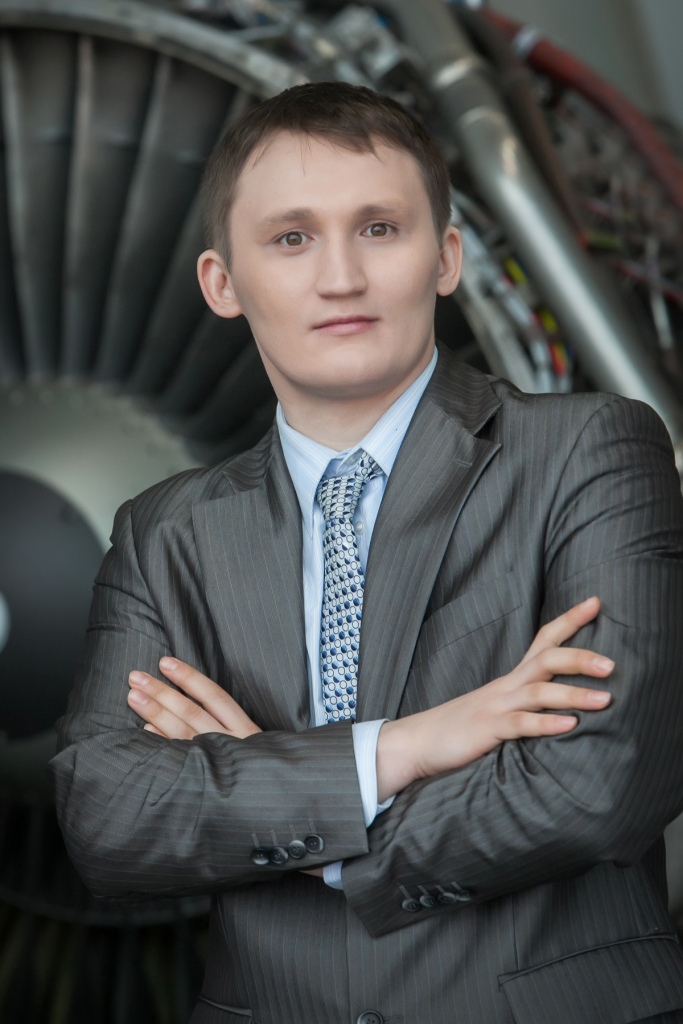
There’s no secret that the aircraft fleets in the CIS and Eastern Europe are home to an increasingly growing number of out-of-production aircraft, such as Bombardier CRJ 100/200. While many operators in other parts of the world have been gradually switching to newer aircraft, the number of carriers operating the aforementioned type of older aircraft in the region has actually grown (from 31 to 37 over the past few years). However, many MROs which previously offered support for these aircraft models, now have limited or ceased their activities due to small prospects of the segment. As a result, currently the maintenance of such machines – especially their engines – raises more and more challenges for the selected operators.
Some of the previous generation engines still enjoy high popularity among operators in the CIS and Eastern Europe. According to FL Technics, currently there are around 190-220 CF34-3 engines in commercial service (excluding business jets) within the region. Each year around 35-40 of these engines require heavy maintenance. Thus, regionally, the lease and MRO market for this model is worth about $80-90mln a year.
Meanwhile, many of the major players have already folded their MRO aftermarket support activities for CF34-3 by shutting down the previously developed alternative parts’ production technologies and MRO services, or cutting their development short. Moreover, the lease market for CF34-3 engines is also extremely limited.
“Operators of the older engine models tend to choose an engine or its part replacement, rather than overhaul. However, currently, when it comes to the hot section refurbishment of the CF34-3 and other regional engines, operators often do not have any alternatives except for repair or replacement of critical components by contacting the OEM or its subsidiaries. As a result, a lot of operators find that such an “old” and “small” engine becomes very costly to maintain,” comments Andrey Baydarov, Chief Engine Analyst at FL Technics.
replacement, rather than overhaul. However, currently, when it comes to the hot section refurbishment of the CF34-3 and other regional engines, operators often do not have any alternatives except for repair or replacement of critical components by contacting the OEM or its subsidiaries. As a result, a lot of operators find that such an “old” and “small” engine becomes very costly to maintain,” comments Andrey Baydarov, Chief Engine Analyst at FL Technics.
Recently several major segment players have exited the CF34-3 MRO market. For instance, one of the leading segment representatives, who had previously offered a line of internal DER / PMA parts for the type, decided to close a significant part of its manufacturing capabilities and refocused on the new and promising regional CF34-8/10 models and other types.
“On the one hand, the key reason for such a trend is the declining share of this particular market segment in Europe and the USA prompted by a greater number of retirements of the respective aircraft types. On the other hand, the situation can be explained by the fact that engine MROs have been gaining an increasing share of the aftermarket (by offering discounts) and pushing the independent parts and services’ providers. As a result, the trend has led to the narrowing of the market with regard to support capabilities, including the supply of parts from parted out engines and the selection of repair organizations offering internal engine parts restoration,” explains Gediminas Ziemelis, Chairman of the Board of Avia Solutions Group, the holding company of FL Technics.
According to FL Technics, in such a context, on-wing repair and module changes (as well as module replacement) may turn out to be a good alternative to classical engine repair. In turn, that will stimulate MRO providers to apply a more flexible and individual approach to asset management, both from an engineering and a marketing points of view. Meanwhile, operators as well as leasing companies may face an increase need for timely budget and engine turnover management planning.
“With this in mind, operators may choose to seek advice from industry experts who could assist in developing more effective asset management, engineering, as well as technical solutions,” shares Andrey Baydarov, Chief Engine Analyst at FL Technics. “Another option to optimize potential downtimes is to upgrade the CF34-3A1 into CF34-3B1, or practice engine intermix. This option, however, also requires timely planning of heavy maintenance, supply of spare parts and engineering support. Regardless of the strategy, the right choice of a partner for an MRO will lead to quality engine service at an affordable price.”





